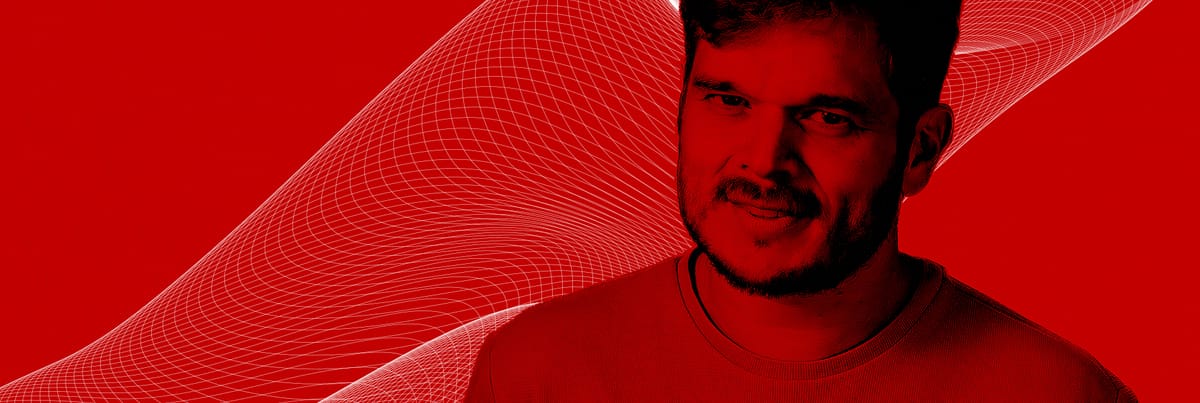Culture fit (or cultural fit) refers to the alignment of a candidate's values, beliefs, attitudes, and behavior with those of your company.
When “hiring for culture fit”, you want to assess how well the candidate will be able to adapt to how things are accomplished around your workplace. Does the candidate share the same core values and mindset and will they adhere to your company’s mission?
“Birds of a feather flock together.”
Some of the main reasons why companies hire for culture fit are team cohesion, retention and engagement, organizational values, and adaptability.
Read our guide on how we attract talented developers to find out more about this topic.
Team cohesion
Employees who share similar values feel more at home in an organization. Working well together as a team increases well-being and productivity.
Retention and engagement
Employees who feel a strong connection to your company's culture tend to be more energetic and dedicated to their work. They will feel motivated, and their work performance will often surpass what is expected of them. With satisfied employees, there will be less turnover and thus reduced expense on backfilling.
Organizational values
If the way results are achieved must be in line with the values of your organization, hiring for culture fit helps ensure that new hires adhere to these values and behave in a way that is aligned with them.
Adaptability
Companies with a strong culture often seek individuals who can adapt to and thrive in such a work environment. Hiring for culture fit can help identify candidates who are more likely to adjust well to the company's norms, processes, and expectations.
When culture fit matters
Hiring for culture fit is particularly relevant in organizations where culture plays a significant role in shaping the work environment and employee experience. Startups, nonprofits and social enterprises, customer-centric companies, and companies with unique cultures can especially benefit from focusing on culture fit.
Startups
Especially during the early stages, startups often need passionate employees who are capable of keeping up with a fast-paced work environment. They specifically select candidates who demonstrate an entrepreneurial mindset and the willingness to take risks.
Nonprofits and social enterprises
These organizations seek employees who want to work towards the same goals focusing on a social impact such as helping the society or the environment.
Customer-centric companies
When delivering excellent customer experiences is essential for your company’s profitability, finding employees with a strong customer focus is vital.
Companies with unique cultures
Certain companies have established a distinctive work style and philosophy that set them apart. This phenomenon is often found in creative agencies or tech startups.
Hiring for culture fit helps preserve the unique character and identity of the organization. In certain cases it can be crucial to maintain efficiency.
For example, as a remote-first company, madewithlove requires a high level of autonomy. An employee who needs a lot of guidance and supervision would be likely to feel lost in our work environment.
Thinking outside the box
While culture fit focuses on aligning an individual's set of values with your company culture, culture add emphasizes diversity and hiring employees with different perspectives and backgrounds.
The idea is that those people can enhance and enrich your existing culture, challenge the ways things are done, and help your current team think outside the box.
Diversity can refer to ethnicity, gender, age, sexual orientation, educational background, handicap, neurodiversity, and personality. People of diverse backgrounds have different needs and perspectives.
By consciously considering culture add, organizations can foster innovation and better adapt to evolving needs and challenges.
Culture add can be appropriate for organizations looking to improve diversity and inclusion for better decision-making, innovate and close knowledge gaps, transform culturally, and expand to new markets.
Diversity and inclusion for better decision-making
D&I is the new buzzword. Besides looking cool on your company website, seeking candidates with different backgrounds and perspectives brings in a range of experiences and viewpoints.
When individuals with complementary strengths work together, they will approach decision-making in a more holistic way. This will eventually lead to more balanced decisions.
Innovating and closing knowledge gaps
Innovative companies who aim to disrupt traditional markets need fresh perspectives and out-of-the-box thinking. Hiring individuals with unconventional ideas, diverse skill sets, and a willingness to challenge established norms can contribute to driving innovation and change, two traits needed to stay ahead of competitors.
Cultural transformation
When your company undergoes a cultural transformation, bringing in individuals who embody the desired culture can contribute to accelerating and improving the change process. New hires who possess different experiences or skills can complement your existing team's capabilities.
For example, if your company operates mainly onsite but now wishes to embrace a remote-first culture, it can benefit from hiring new team members who have worked in distributed companies in the past and thus can help define best practices and establish new processes.
Expanding to new markets
When expanding into new markets, you will need to thoroughly understand your new customers. Some marketing strategies work well with one audience but not with another one.
Product names may sound funny in the local language (example: ChatGPT reads in French “chat, j’ai pété” or “cat, I farted”). To fully understand your new market, hire employees who are part of your target group. You’ll soon see the value.
Balance culture fit and culture add
While culture fit and culture add are distinct approaches, they need not be mutually exclusive.
Organizations need to adapt, not only to the needs of customers and markets, but also to the availability of new employees. A creative agency that has only been hiring 30-year-old hipsters, for example, may find it difficult to find employees that match their specific candidate persona.
Daring to make more diverse hires may be crucial to the company’s growth in such a case. A team can very well be diverse but still aligned on the company’s goals.
A company’s core values, on the other hand, should be non-negotiable, especially when the business itself is at stake; an unfriendly customer service may cause more damage than the best marketing can ever repair!
While the company's DNA should remain intact, diverse perspectives can bring innovation and fresh ideas to the table. Finding the right balance is key to creating a well-rounded workforce.










Member discussion